As Canadian painter Jock Macdonald (1897–1960) began to experiment with abstraction in the 1930s, he created a series of paintings he called “modalities,” something he defined as “thought idioms in nature” or “expressions of thought in relation to nature.” Of these, Fall is the most monumental. Despite his decision to keep these experimental works secret—he had recently returned to Vancouver after over a year dedicated to painting and living off the land in Nootka Sound—Macdonald remained preoccupied with his search for a uniquely personal abstract expression in his work. Like many of the others from this period, Fall, one of several “modalities” representing the seasons, is strongly geometric, linear, and decorative in style and composition.
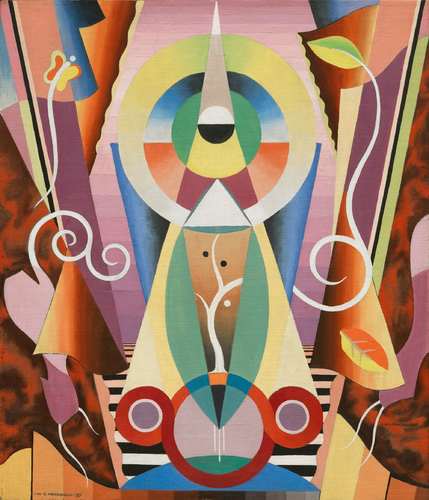
Jock Macdonald, Fall (Modality 16), 1937
Oil on canvas, 71.1 x 61 cm, Vancouver Art Gallery
The central motif of the painting is a triangle that appears to aspire to the heavens. Its elongated peak seems to continue its upward ascent beyond the horizontal element of the frame. Abstract forms are disposed evenly across the surface. The only suggestions of representation are the curvilinear Art Deco designs of tree, leaf, and butterfly. The complicated colour harmony suggests autumnal richness. Calling on his experience as a textile designer, Macdonald succeeded in creating a stage in which every element is strongly tied to the surface of the canvas. In the pattern of the central striated area in the lower third of the canvas, however, the painting speaks to the infinite and timeless world—the fourth, fifth, and sixth dimensions—which Macdonald sought to capture in his art.
This Spotlight is excerpted from Jock Macdonald: Life & Work by Joyce Zemans.
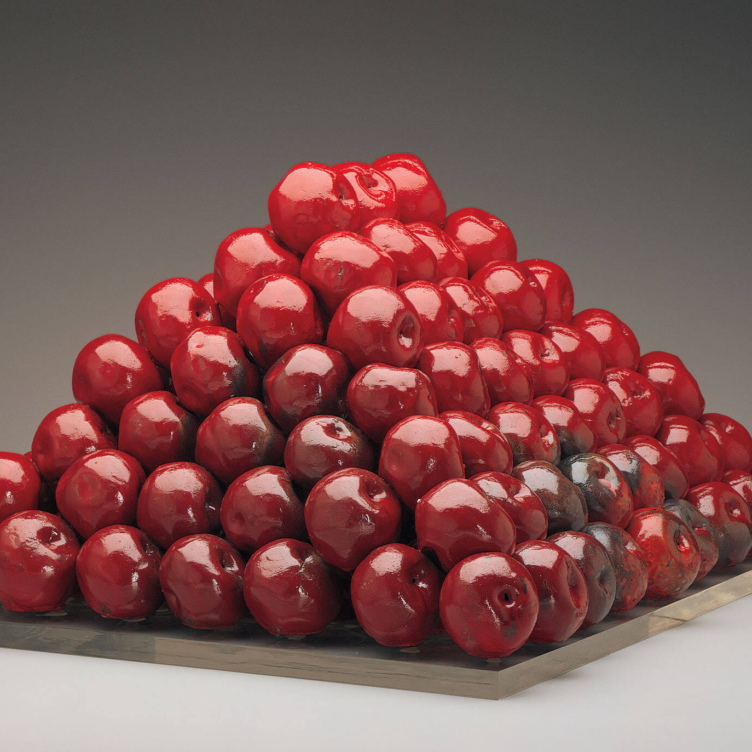 Pyramid Scheme
Pyramid Scheme
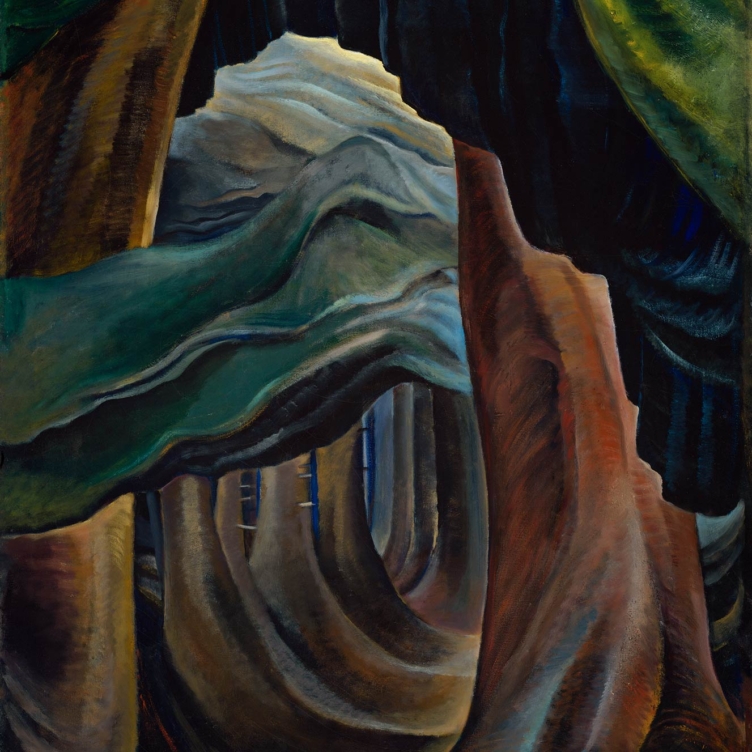 Transportive Trunks
Transportive Trunks
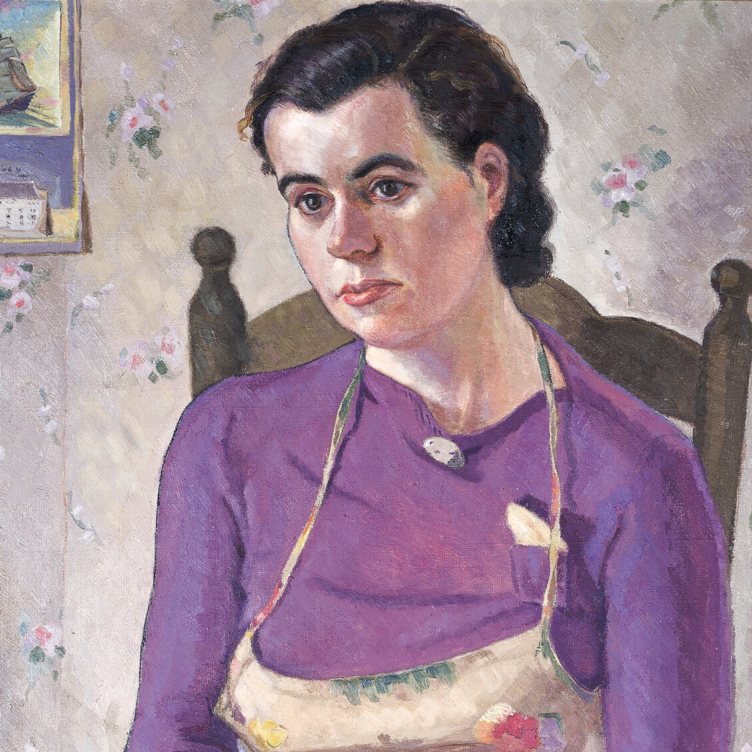 The Military Mate
The Military Mate
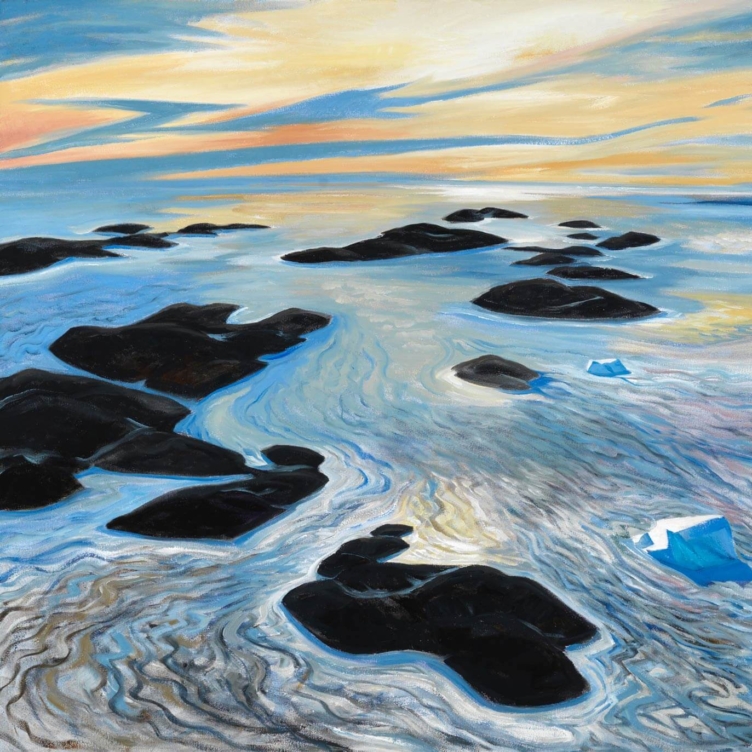 Looking Up on the World
Looking Up on the World
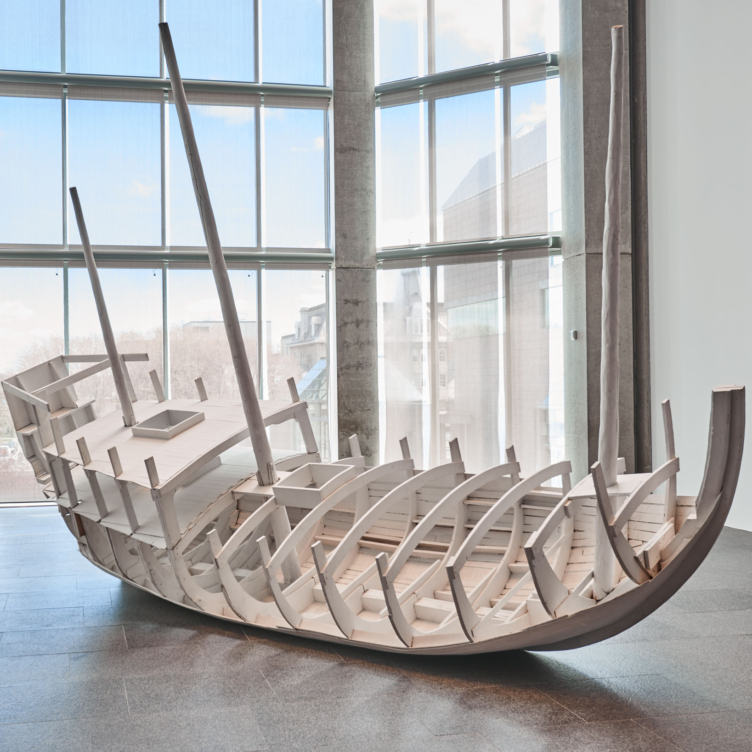 Vessel of Despair
Vessel of Despair
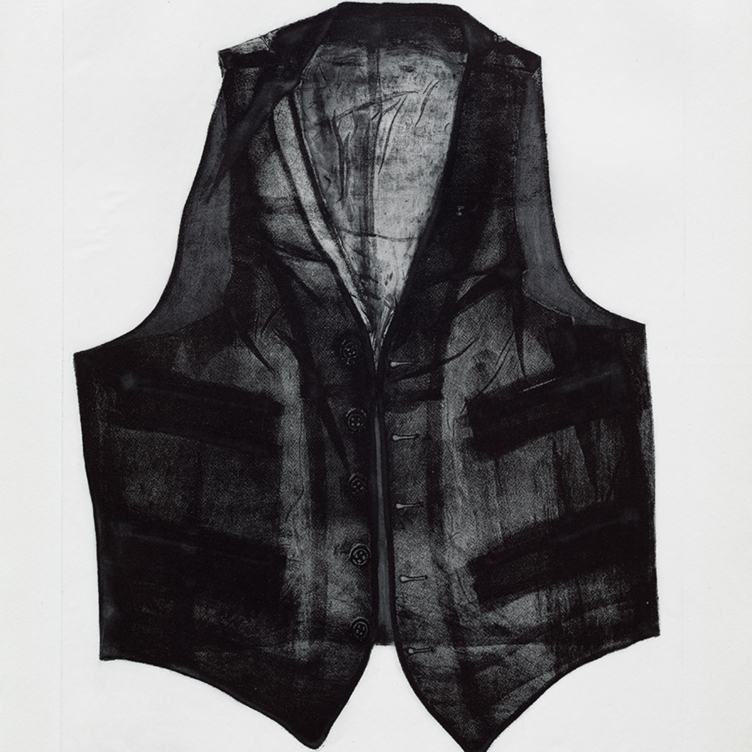 Layers of Meaning
Layers of Meaning
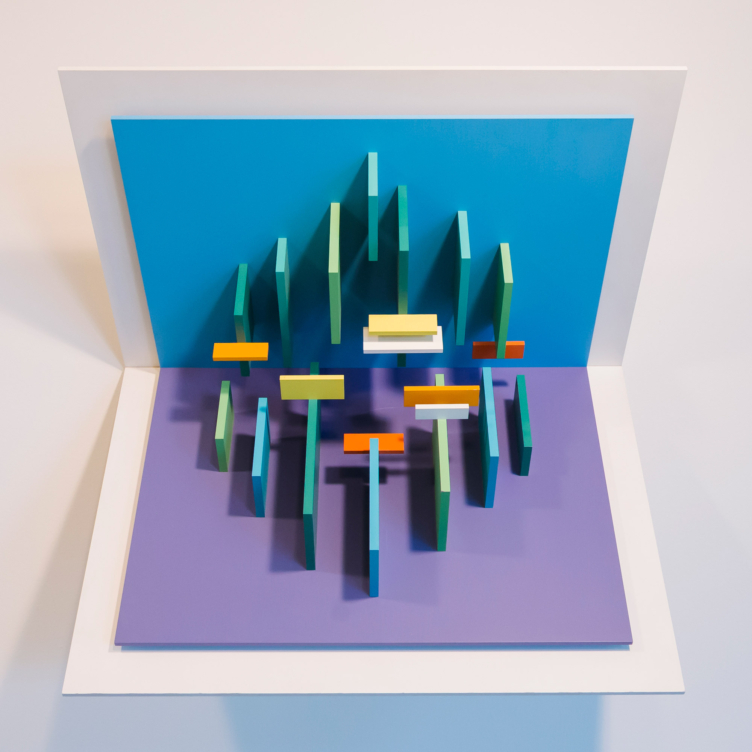 In Parallel to Nature
In Parallel to Nature
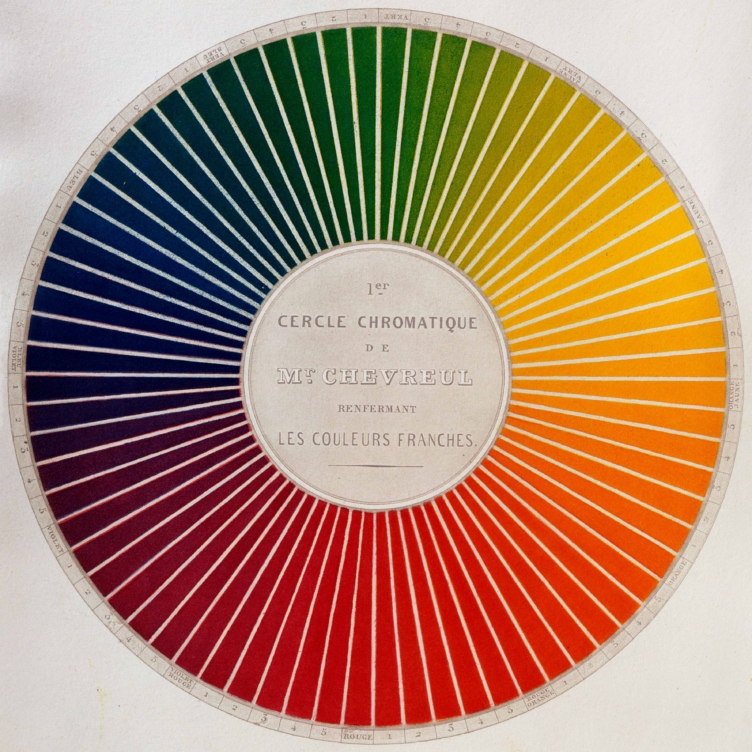 Wheel of Fortune
Wheel of Fortune
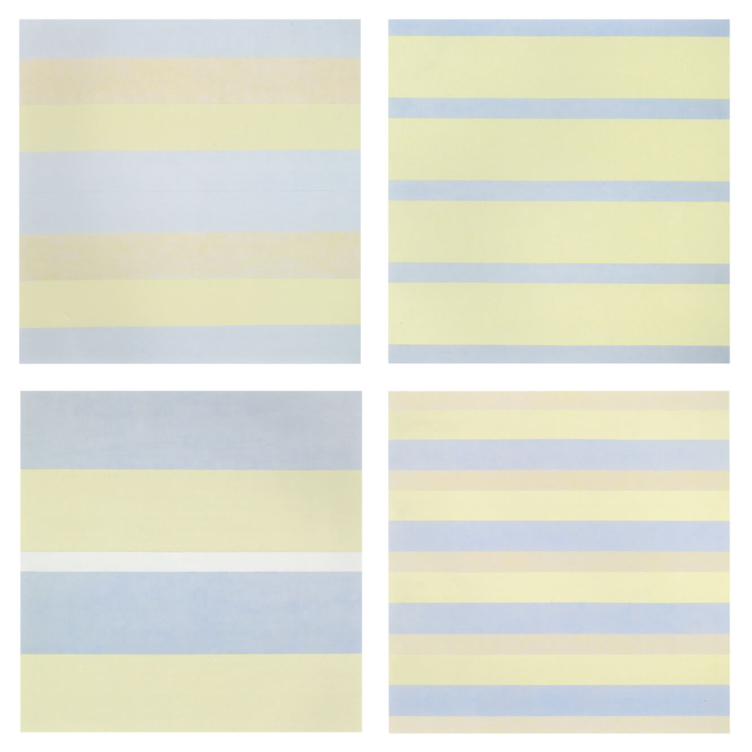 Paintings after emotional states
Paintings after emotional states
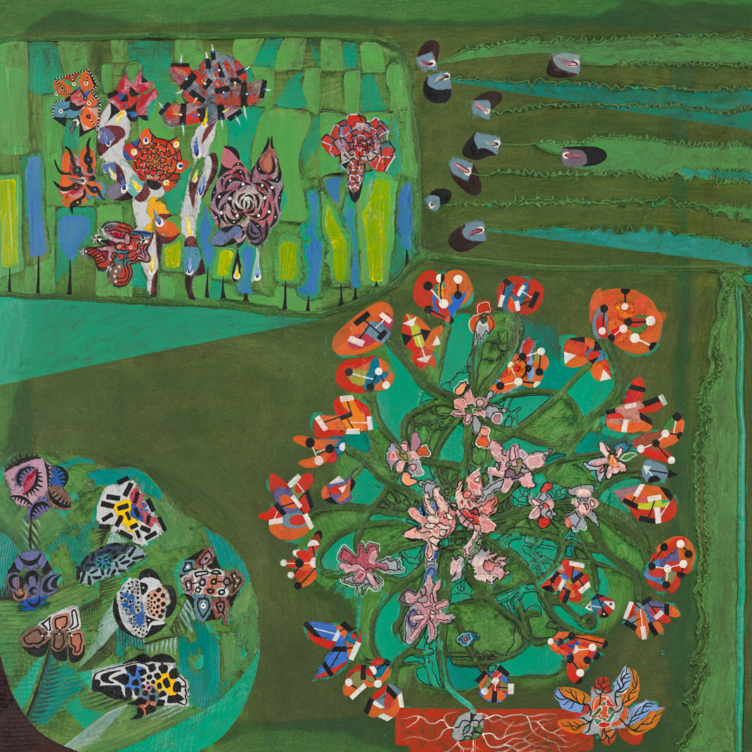 Garden of Delight
Garden of Delight
 Stitching the Archives
Stitching the Archives
 A Working-Class Hero
A Working-Class Hero
 Imagining Entangled Futures
Imagining Entangled Futures
 Bridging Far and Near
Bridging Far and Near
 Soft Power
Soft Power
 Imagining Emancipation
Imagining Emancipation
 A Priceless Portrait
A Priceless Portrait
 Meditation in Monochrome
Meditation in Monochrome
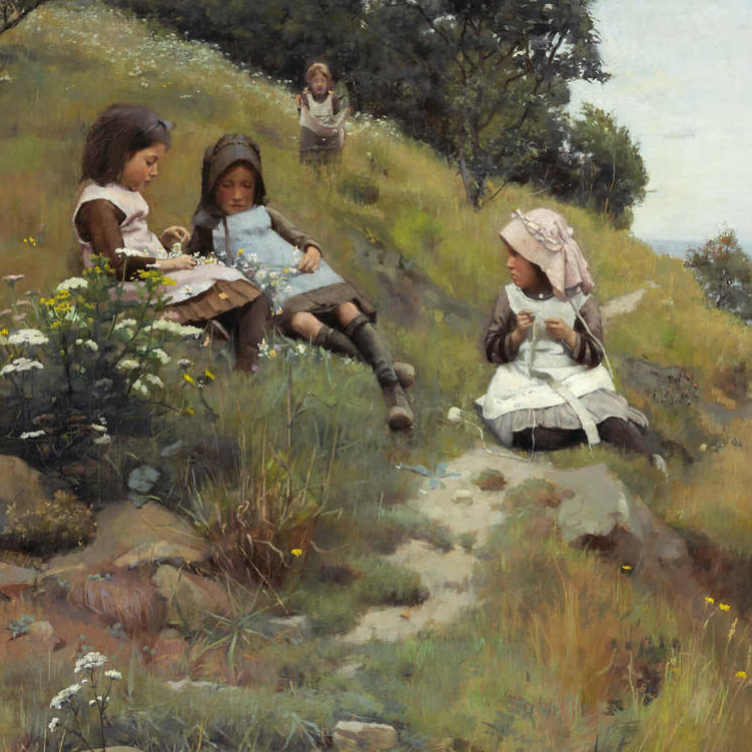 Making His Mark
Making His Mark
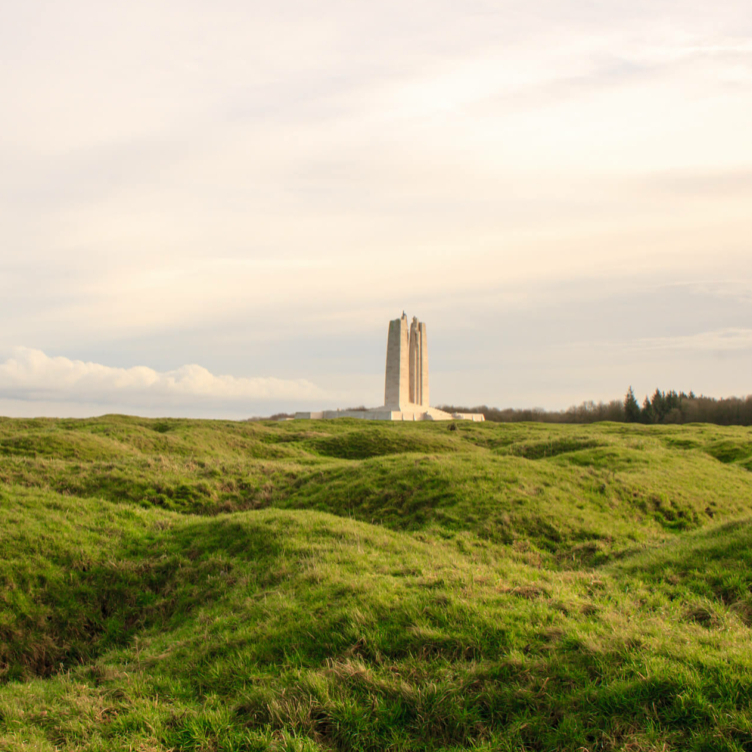 Honour and Sacrifice
Honour and Sacrifice